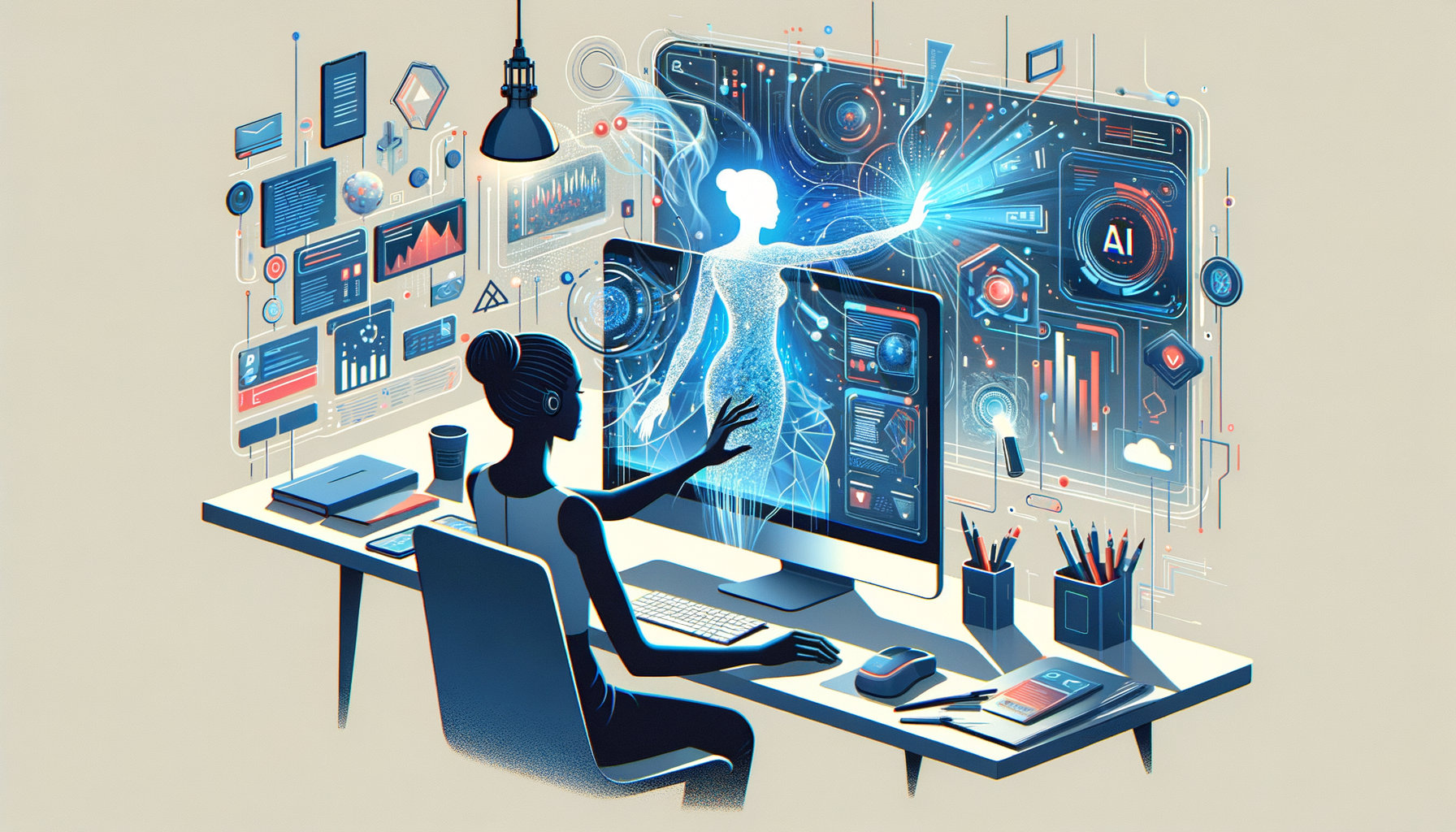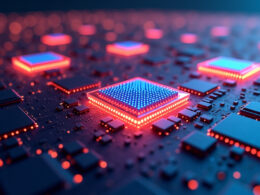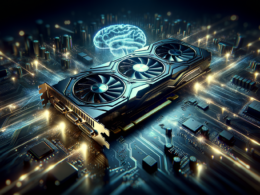Introduction: Revolutionizing Interaction with AI
Microsoft has set a bold vision for the future of its Windows operating system, suggesting that traditional input devices such as keyboards and mice might become obsolete by 2030. Inspired by advances in artificial intelligence (AI), this potential shift aims to redefine how users interact with their computers, making communication more intuitive and seamless. This vision aligns with broader industry trends favoring natural user interfaces, where voice commands and AI could significantly enhance user experiences.
Zooming In
The Driving Force Behind the Change: AI’s Role
At the core of this transformation is AI, poised to revolutionize user interaction with technology. David Weston, Corporate Vice President for Enterprise and OS Security at Microsoft, envisions a future where talking to computers would be as natural as conversation. “It will be a much more natural form of communication,” Weston suggests, highlighting Microsoft’s ambition to make digital interaction more human-like through advanced AI capabilities.
Innovations in AI and Quantum Computing
Beyond software, Microsoft is looking to leverage quantum computing to support this future vision. Weston predicts massive leaps in computational power thanks to quantum technologies emerging within five years, although this timeline is more optimistic than some industry forecasts. For instance, Nvidia CEO Jensen Huang has expressed skepticism about the immediate commercial readiness of quantum computing.
Potential Impacts on Security and Usability
With these technological advances, Microsoft anticipates heightened security measures through AI-managed systems. This approach would democratize access to sophisticated security tools, making them available to smaller businesses unable to afford such solutions until now. Moreover, AI is expected to remove mundane tasks from daily workflows, allowing users to focus on creativity and human-centric activities like ideation and collaboration.
The Historical Context: Evolution of User Interfaces
The potential phase-out of keyboards and mice marks another chapter in the long history of UI evolution. From the command line interfaces of DOS to the graphical interfaces initiated by Windows 95, the journey to more immersive and responsive interfaces has been ongoing. Innovations like touchscreens and voice recognition technologies have paved the way for further advances fueled by AI.
Challenges and Considerations
Despite the promising vision, potential challenges exist. Not all users might find speaking to computers more efficient or preferable, especially in environments where privacy and noise concerns are paramount. Additionally, translating AI advancements into universally accepted and accessible products will require robust infrastructure and user adaptation.
Conclusion: Anticipating the Future
Microsoft’s vision for 2030 reflects a transformative approach to computer interaction, leveraging AI and quantum computing as cornerstone technologies. While optimism prevails, the tech industry must address varied user needs and ethical considerations as it ventures into turning this vision into reality. As the timeline progresses, consumers and businesses will keenly await which technologies will ultimately shape the future of human-computer interaction.









